TESDA Law Republic Act 7796 – The 1994 Act That Transformed Philippine TVET
TESDA Law Republic Act 7796, also known as the Technical Education and Skills Development Act of 1994, is the foundational legislation behind the Philippines’ technical-vocational education and training (TVET) system.
Enacted on August 25, 1994, this law established the Technical Education and Skills Development Authority (TESDA) and set the stage for a standardized, industry-responsive, and globally competitive skills development ecosystem.
For anyone interested in Philippine education, labor policy, or socioeconomic development, understanding Republic Act 7796 is essential. This comprehensive guide explores the law’s history, objectives, structure, impact, and relevance in today’s economy.
What Is TESDA Law Republic Act 7796?
Republic Act 7796 is the law that created TESDA, merging three existing agencies:
- The National Manpower and Youth Council (NMYC)
- The Bureau of Technical and Vocational Education (BTVE)
- The Apprenticeship Program under the Bureau of Local Employment
This integration aimed to reduce bureaucratic inefficiencies and provide a unified direction for technical education and skills development in the Philippines.
Historical Context: Why Was the TESDA Law Enacted?
In the early 1990s, the Philippines faced significant challenges in its technical education system:
- Skills Mismatch: Graduates lacked the skills required by industries.
- Fragmented System: Multiple agencies managed TVET with poor coordination.
- Global Competition: The need for an internationally competitive workforce was growing.
The Congressional Commission on Education (EDCOM) Report of 1991 highlighted these issues and recommended the creation of a single body to oversee technical education. Responding to this, President Fidel V. Ramos signed RA 7796 into law in 1994.
Key Objectives of the TESDA Law
The law aims to:
- Promote Quality TVET: Enhance the relevance and accessibility of technical education.
- Meet Industry Demands: Align training programs with labor market needs.
- Encourage Private Sector Participation: Foster public-private partnerships in skills training.
- Instill Values: Develop ethics, discipline, and nationalism among trainees.
- Support National Development: Contribute to economic growth and social equity.
Structure of TESDA Under RA 7796
1. TESDA Board
The policy-making body composed of:
- Secretary of Labor and Employment (Chairperson)
- Secretary of Education (Co-Chairperson)
- Secretary of Trade and Industry (Co-Chairperson)
- Director-General of TESDA (Vice Chairperson)
- Private sector representatives from industry and labor groups
2. TESDA Secretariat
Headed by the Director-General, it implements policies and manages day-to-day operations. Key offices include:
- Planning Office
- Skills Standards and Certification Office
- National Institute for Technical Vocational Education and Training (NITVET)
3. Regional and Provincial Offices
TESDA operates through a nationwide network to ensure localized program delivery.
Functions and Responsibilities of TESDA
Under RA 7796, TESDA is mandated to:
- Formulate Policies: Develop a national TVET plan.
- Set Skills Standards: Establish competency standards and certification systems.
- Accredit Institutions: Ensure quality across public and private TVET providers.
- Develop Trainers: Enhance the capabilities of TVET instructors.
- Promote Dual Training: Combine classroom learning with on-the-job training.
- Administer Scholarships: Provide financial assistance through programs like TWSP and STEP.
Major Programs Under the TESDA Law
1. Apprenticeship Program
Provides structured on-the-job training for skills enhancement.
2. Dual Training System (DTS)
Integrates theoretical instruction in schools with practical training in companies.
3. TESDA Scholarship Programs
- TWSP (Training for Work Scholarship Program)
- STEP (Special Training for Employment Program)
- USTP (Unified Student Financial Assistance System for Tertiary Education)
4. Skills Competitions
Events like Philippine National Skills Olympics promote excellence and showcase talent.
5. Enterprise-Based Training
Encourages industries to conduct in-house training aligned with national standards.
Impact of RA 7796 on the Philippine Economy and Workforce
Since its implementation, the TESDA Law Republic Act 7796 has:
- Reduced Unemployment: Millions of Filipinos have gained skills and secured jobs.
- Enhanced Global Competitiveness: TESDA-certified workers are employed in over 50 countries.
- Supported Industries: Provided a steady supply of skilled labor for sectors like construction, IT-BPO, manufacturing, and hospitality.
- Promoted Inclusivity: Enabled marginalized groups (e.g., out-of-school youth, OFWs, indigenous peoples) to access quality training.
TESDA and the Philippine Development Plan
TESDA’s programs are aligned with national development goals, including:
- PDP 2023–2028: Focusing on job creation and digital transformation.
- Sustainable Development Goals (SDGs): Particularly SDG 4 (Quality Education) and SDG 8 (Decent Work and Economic Growth).
Challenges and Future Directions
Despite its successes, TESDA faces ongoing challenges:
- Keeping Pace with Technology: Adapting to Industry 4.0 and digital skills demands.
- Ensuring Quality: Maintaining standards across thousands of accredited institutions.
- Geographic Disparities: Ensuring equal access in remote areas.
Future initiatives may include:
- Expanded online and blended learning options.
- Stronger focus on green skills and sustainability.
- Enhanced industry partnerships for specialized training.
How to Benefit from TESDA Programs
For Students and Trainees:
- Choose a course from the TESDA Course Finder.
- Find a nearby accredited training center.
- Submit requirements (e.g., birth certificate, diploma, ID pictures).
- Apply for scholarships if eligible.
For Industry Partners:
- Participate in program development through industry boards.
- Offer apprenticeship or dual training opportunities.
- Hire TESDA-certified graduates.
Frequently Asked Questions (FAQs)
Q: What is the main purpose of RA 7796?
A: To create a unified national system for technical education and skills development.
Q: Who is eligible for TESDA training?
A: Filipino citizens aged 18+, including students, workers, and out-of-school youth.
Q: Are TESDA programs free?
A: Many are free through scholarships, but some courses may require minimal fees.
Q: Is TESDA certification recognized abroad?
A: Yes, many countries value TESDA National Certificates (NC).
Q: How does TESDA ensure quality?
A: Through training regulations, competency assessments, and institution accreditation.
Conclusion: The Legacy of RA 7796
Republic Act 7796 revolutionized technical education in the Philippines. By creating TESDA, it provided a framework for scalable, industry-driven, and inclusive skills development. Today, TESDA continues to empower millions of Filipinos, supporting both individual livelihoods and national progress.
For those seeking to upgrade their skills or understand Philippine workforce development, TESDA Law Republic Act 7796 remains a critical piece of legislation—one that bridges education and employment, and turns potential into prosperity.
Also see:
- TESDA Official Website
- List of TESDA Courses
- TESDA Scholarship Guidelines
References:
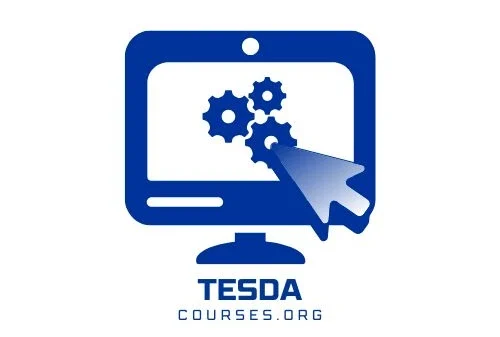

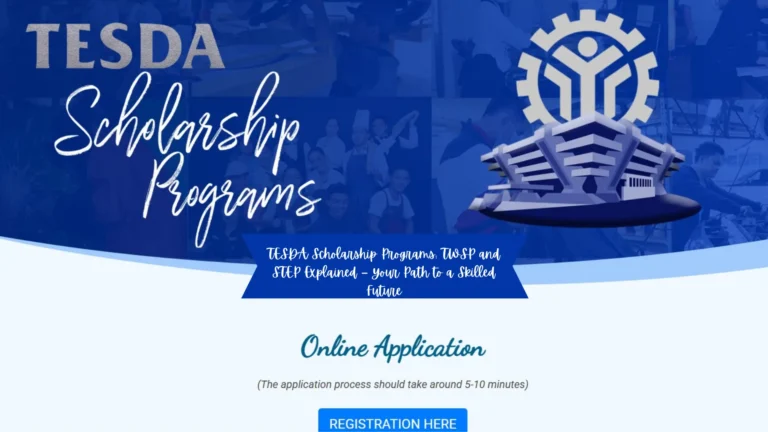
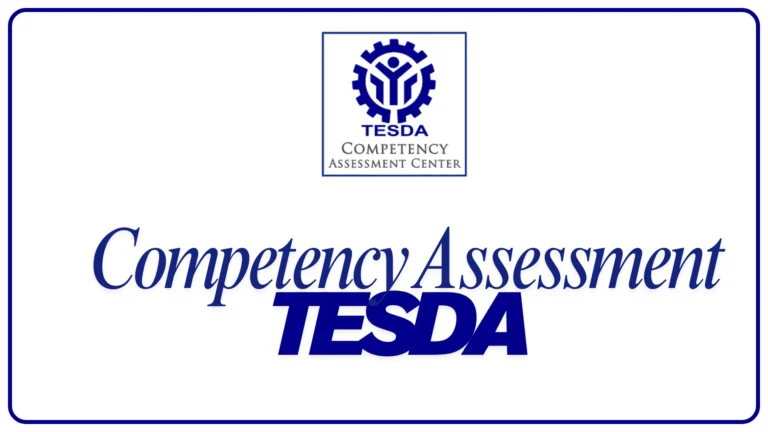
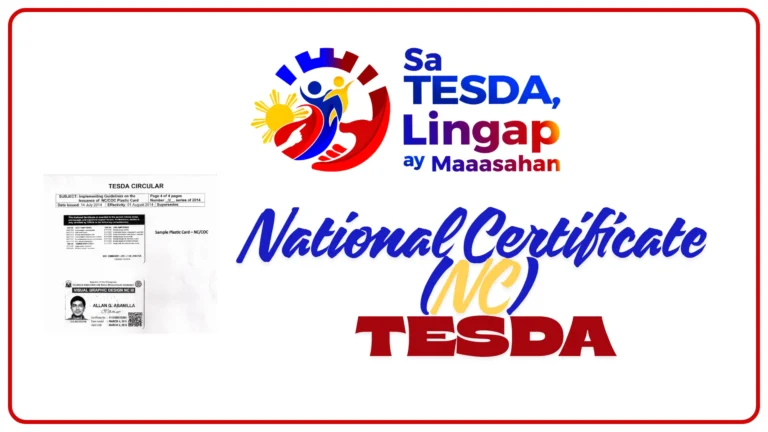

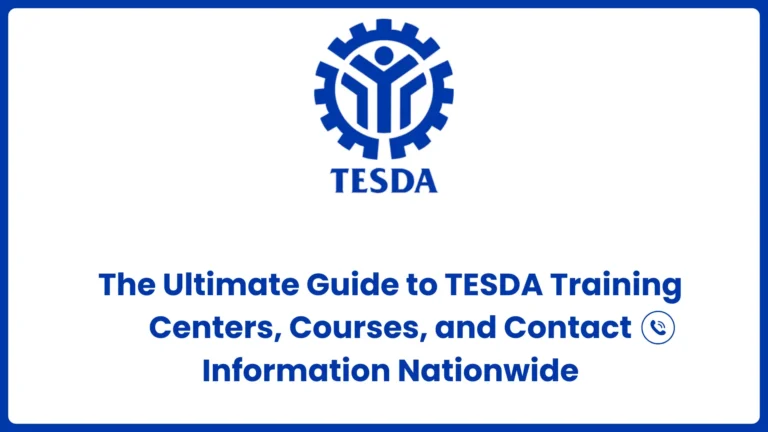

Hello! I just want to say that this blog is very informative. There is so many information that really helped me in understanding about RA 7796 or Technical Education and Skills Development Authority (TESDA). Thank you!
https://tesdacourses.org/tesda-your-gateway-to-skills-success/ read this post sir